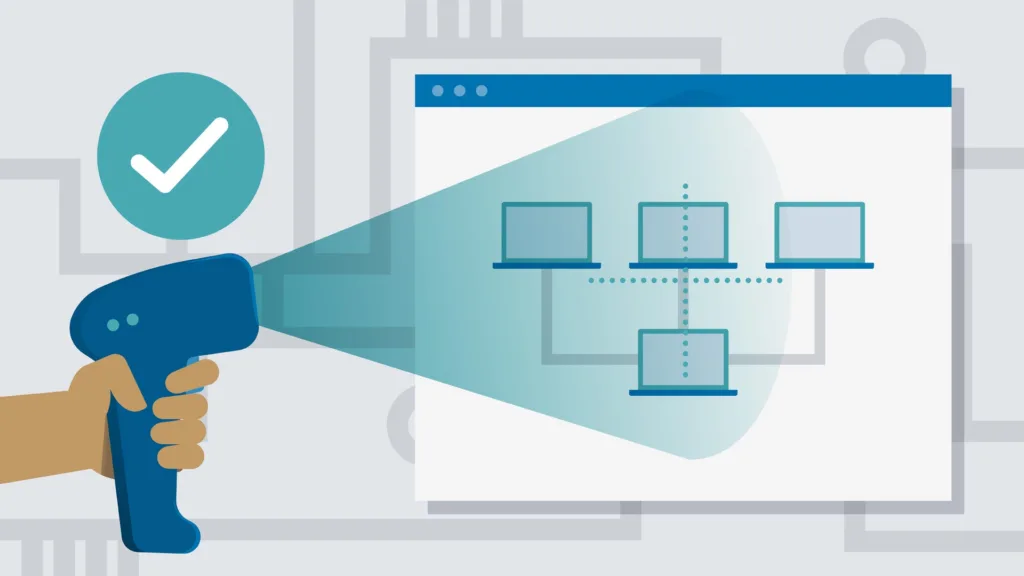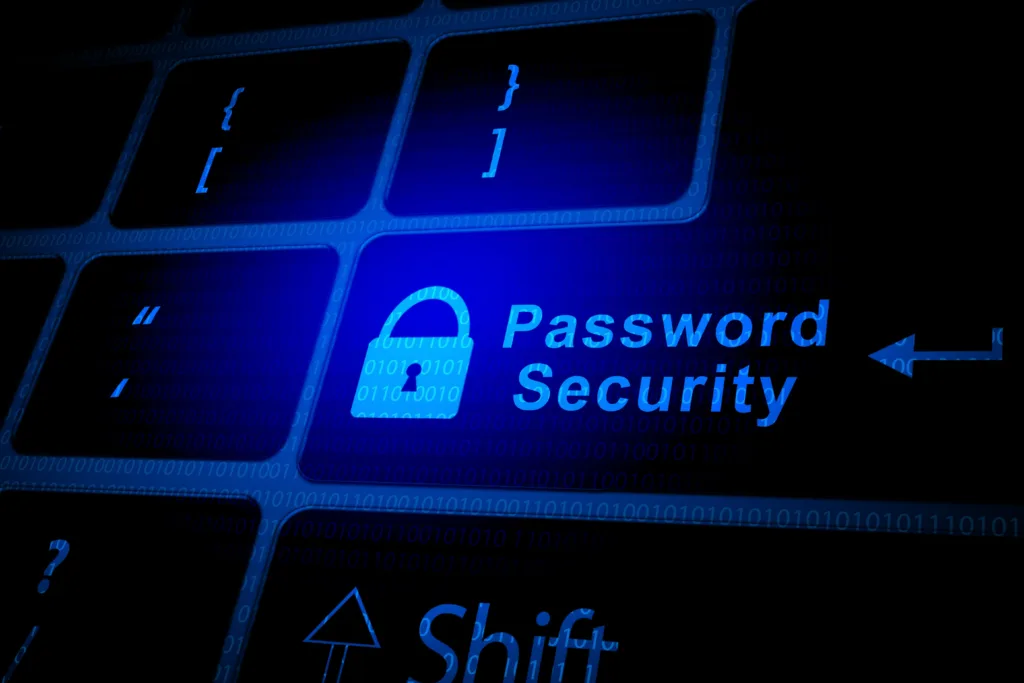
Black Hat Hacker
Black hat hackers are individuals who engage in hacking for personal gain, often by stealing data or causing harm to systems. They may use techniques such as phishing, malware, and exploiting vulnerabilities in software to gain unauthorized access to systems.
White Hat Hacker
A white hat hacker is a computer security expert who specializes in penetration testing and other proactive security measures to protect systems from cyber threats. White hat hackers use their skills for ethical purposes, such as identifying vulnerabilities in systems and networks and helping organizations strengthen their defenses against cyber attacks. They contrast with black hat hackers, who engage in hacking for malicious purposes.


Grey Hat Hacker
A grey hat hacker is someone who may engage in hacking activities that are not entirely malicious, but may still be considered unethical or illegal. They may hack into systems without permission, but not for personal gain or to cause harm. Grey hat hackers sometimes act in a way that is morally ambiguous and may engage in hacking as a form of activism or to expose vulnerabilities in systems.
Ethical Hacking Techniques:
1. Scanning and Enumeration:
Ethical hackers use scanning tools to identify vulnerable systems and services within an organization’s network. Enumeration helps to gather information about the target systems, such as open ports, services running on those ports, and potential vulnerabilities.
Process: Scanning and enumeration | Infosec (infosecinstitute.com)


2. Vulnerability Assessment:
Ethical hackers conduct vulnerability assessments to identify weaknesses in an organization’s network, applications, and systems. By using automated tools and manual testing techniques, they can determine the potential impact of these vulnerabilities and recommend remediation steps.
3. Social Engineering:
Ethical hackers may use social engineering techniques to manipulate individuals into divulging sensitive information or granting unauthorized access to systems. This can help identify weaknesses in an organization’s security awareness training and policies.


4. Exploitation:
Once vulnerabilities have been identified, ethical hackers may attempt to exploit them to gain unauthorized access to systems or sensitive data. This helps organizations understand the potential impact of a successful attack and implement appropriate security controls to mitigate these risks.
5. Penetration Testing:
Penetration testing involves simulating real-world cyber attacks to evaluate the effectiveness of an organization’s security defenses. Ethical hackers attempt to exploit vulnerabilities in a controlled environment to identify weaknesses and recommend remediation measures.
26 Best Penetration Testing Tools And Its Advantages [2024] | LambdaTest


6.Continuous Monitoring:
Ethical hackers may also conduct regular security assessments and penetration testing to ensure that an organization’s security posture remains strong over time. By continuously monitoring for new vulnerabilities and threats, organizations can stay ahead of potential cyber attacks.
How Can Individuals Protect Themselves from Hackers?

1. Use strong and unique passwords for all online accounts. Avoid using the same password for multiple accounts.
2. Enable two-factor authentication whenever possible to add an extra layer of security to accounts.
3. Keep software and operating systems up to date to protect against known vulnerabilities.
4. Be cautious of phishing emails and never click on suspicious links or download attachments from unknown sources.
5. Use a reputable antivirus program and regularly scan for malware on devices.
6. Secure home Wi-Fi networks with strong passwords and encryption.
7. Be mindful of what personal information is shared online and adjust privacy settings on social media accounts.
8. Avoid using public Wi-Fi networks for sensitive transactions or use a VPN for added security.
9. Regularly backup important files and data to an external hard drive or cloud storage.
10. Stay informed about the latest cybersecurity threats and best practices for protecting personal information online.
Best Practices for Cybersecurity

1. Keep software updated:
Make sure all operating systems, software, and apps are always kept up to date with the latest security patches and updates.
2. Use strong, unique passwords:
Avoid using easily guessable passwords and never reuse the same password for multiple accounts. Consider using a password manager to securely store and manage passwords.


3. Enable two-factor authentication:
Add an extra layer of security to your accounts by enabling two-factor authentication, which requires a secondary verification step in addition to your password.
4. Secure your network:
Use a firewall, antivirus software, and a secure Wi-Fi network to protect your devices from unauthorized access and malware.


5. Backup your data:
Regularly backup your important files and data to an external storage device or cloud service to ensure you can recover them in the event of a cyber attack or data loss.
6. Limit access to sensitive information:
Only provide employees with access to the data and systems they need to perform their job duties. Restrict access to sensitive information to those who truly need it.


7. Educate employees:
Provide cybersecurity training to all employees to raise awareness of potential threats and teach best practices for protecting sensitive information.
Frequently Asked Questions:
1. What are the different types of hackers?
There are three main types of hackers: black hat hackers who exploit vulnerabilities for malicious purposes, white hat hackers who use their skills for ethical hacking and cybersecurity, and grey hat hackers who fall in between the black and white hat hackers categories.
2. How do black hat hackers exploit vulnerabilities?
Black hat hackers use their hacking skills with malicious intent to gain unauthorized access to computer systems, networks, and data. They may also deploy malware, conduct phishing attacks, or perform other cybercrimes.
3. What is the role of white hat hackers in cybersecurity?
White hat hackers, also known as ethical hackers, work to identify and fix security flaws in systems. They use their hacking skills for good, helping to strengthen network security and prevent cyberattacks.
4. What distinguishes grey hat hackers from black and white hat hackers?
Grey hat hackers operate in a moral grey area. They may exploit vulnerabilities like black hat hackers but do so without malicious intent. Grey hat hackers may notify organizations of security issues after accessing their systems.
5. How do white hat hackers differ from black hat hackers?
White hat hackers use their hacking skills for ethical purposes, such as penetration testing, vulnerability assessments, and security audits. In contrast, black hat hackers exploit vulnerabilities for personal gain or malicious intent.
6. What are red, green, and blue hat hackers?
While not as common as black, white, and grey hat hackers, there are additional types such as red hat hacker who focus on destroying malicious hacker, green hat hacker who are newbie hacker learning the ropes, and blue hat hacker who are outside security consulting firms working with Microsoft.
7. What is the significance of ethical hacking in cybersecurity?
Ethical hacking plays a crucial role in cybersecurity by helping organizations identify and fix security vulnerabilities before malicious hacker can exploit them. Ethical hacker use their skills to strengthen defenses and protect sensitive information.











